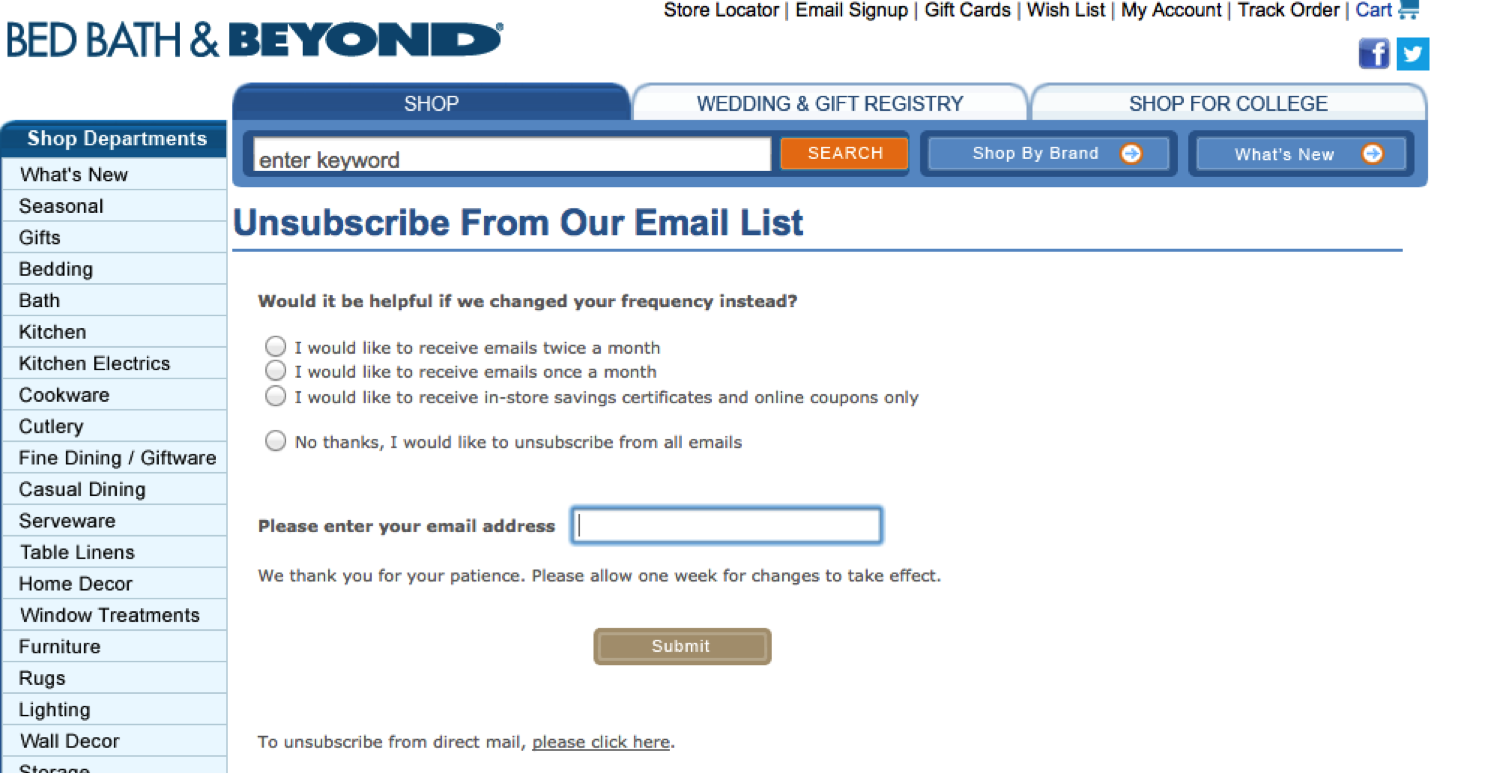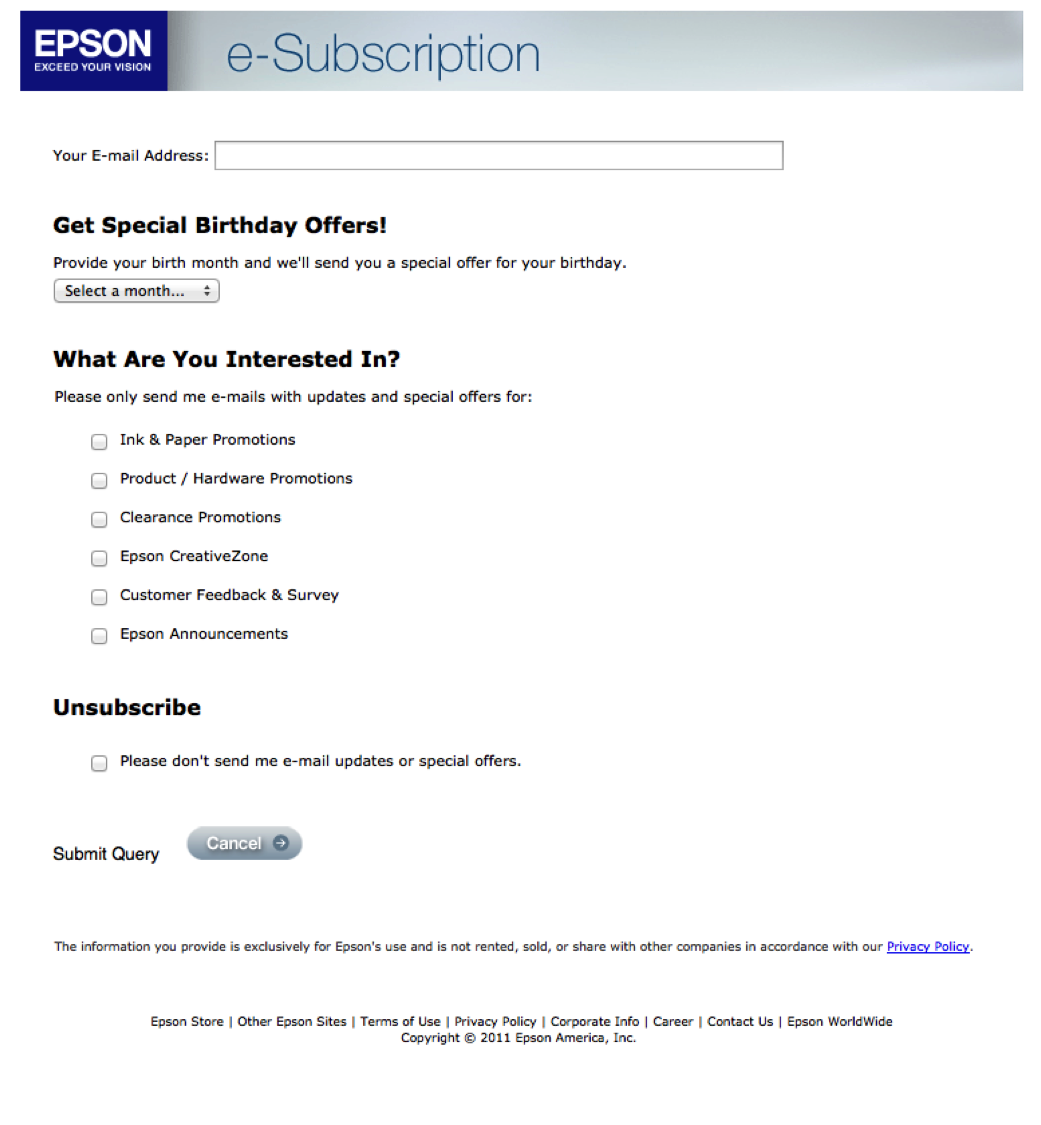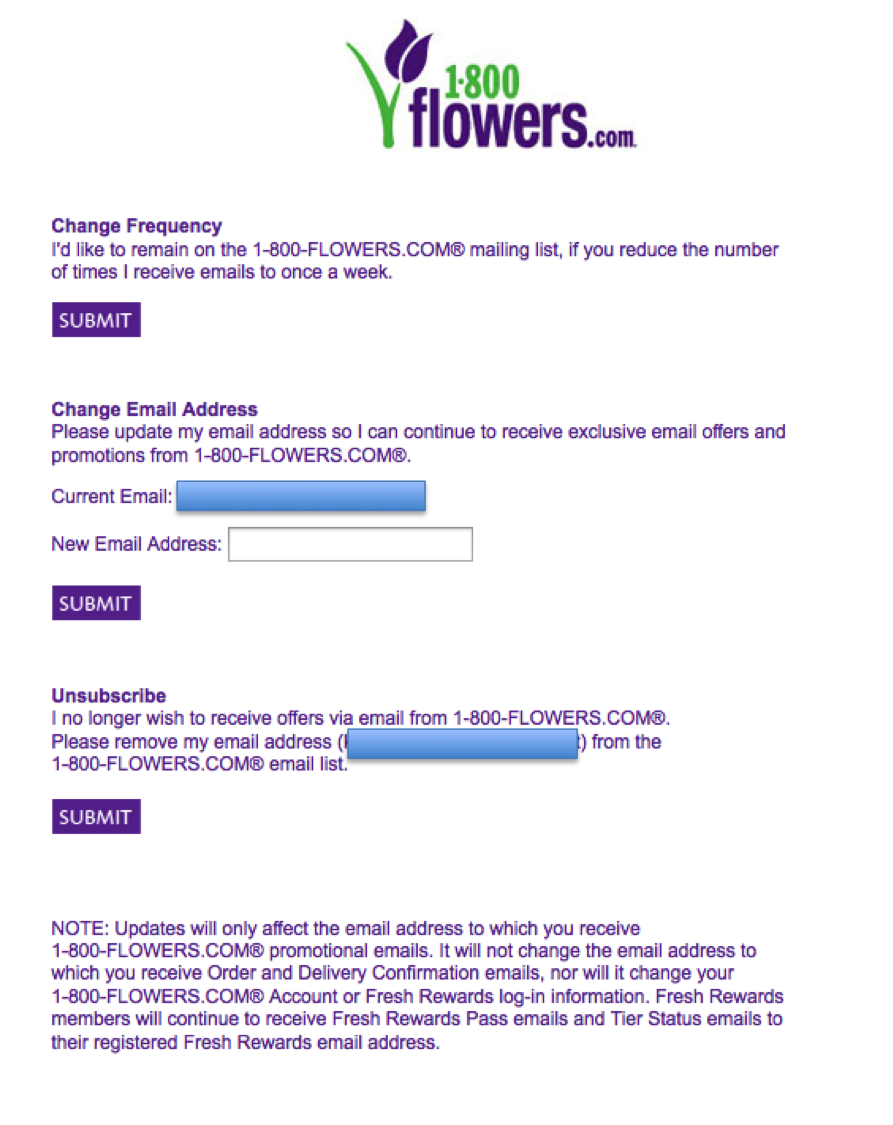Over the next several articles, I'll be addressing a series of email marketing conundrums.
A "conundrum" is a puzzling question or problem, and I have been asked about a few persistent ones on a regular basis since the email's earliest days. These challenges seem to keep so many people up at night that they're always worthy of discussion and a fresh perspective.
So let's begin with a classic: How do I prevent or minimize unsubscribes from my email list?
Over the course of time, a certain percentage of subscribers will choose to leave your email list despite your best attempts to keep them; and, believe it or not, that is a good thing. It's the nature of any permission-marketing channel: The ultimate choice and control over receiving messages rests in the hands of subscribers. Plus, we know from the channel's nearly 15 years in existence that commercial email works best when it is deeply rooted in permission.
So, your first step is to accept unsubscribes as a fact of life and not take them personally.
That said, you can take some steps to mitigate unsubscribes by not only honoring the cornerstones of permission (choice and control) but also expanding the choice and control options you offer.
Here are five specific steps you can take both to deter email subscribers from leaving your list and to improve their experience of your email program.
1. Offer an 'opt-down' as an alternative to opt-out
Probably the best known and most effective deterrent to an email opt-out is a practice known as the "opt-down." Specifically, to opt down means to reduce email frequency as an alternative to leaving the list altogether. For the subscribers of many retailers, publishers, and other high-volume senders of email, the opt-down provides the breathing room and relief that subscribers need to avoid feeling smothered by a brand in the inbox.
Naturally, as consumers, we have shifting levels of affinity and periods of need for any brand, product, or service. Sometimes we're in active purchase mode, other times we just want to "keep in touch" until the next time we're ready to buy. Also, considering the different purchase cycles and frequencies of different products, such as computers vs. shoes, it can be months or even years between purchases.
Being given the option to adjust email frequency to suit our desired level of involvement with a marketer is critical to keeping a relationship with a brand not only alive but also healthy.
You can see a perfect opt-down example in this unsubscribe page from Bed, Bath & Beyond. Since this retailer deploys promotional email almost daily, it has wisely chosen to offer an opt-down in frequency to either every other week (twice a month) or once a month:
Either frequency is a significant reduction in volume from daily and provides enough relief to make subscribers on the fence about staying on the list much more comfortable with sticking around.
2. Provide email message type (category-specific) selections
Opting down in promotional email frequency is a logical choice, but it's not the only way subscribers can stem the rising tide of email. For many marketers (business-to-business, travel, services), a high volume of email messages is the result not of constant promotional offers but the overall mix of many different message types.
When you combine newsletters, video/blog content, event-related messages, triggered email, and reminders/alerts with promotional offers, sometimes it makes more sense to offer category opt-downs vs. frequency opt-downs.
Because many subscribers will be content to maintain a minimum level of contact rather than unsubscribe completely, giving them an option to remain subscribed to your email newsletter is an excellent option. I like the approach Epson takes on its unsubscribe page, allowing list members to choose the type of email messages they're interested in, including its Epson CreativeZone newsletter:
3. Include an email change-of-address function
A third way to give subscribers the choice and control they need to avoid leaving your list is to allow them to change or update their email address.
People will need or want to update the email address they've given you for many reasons; among the most common:
- They change email account providers due to a move or job change.
- They revise their chosen subscribed address from a work to a personal email address (or vice versa).
- They abandon a consumer email account that is receiving overwhelming, unstoppable amounts of spam for a clean new primary email address.
If your subscribers want to update their email address with you, by all means let them do so, as shown in this 1-800 Flowers example:
4. Consider message format choices
With now nearly 60% of all email now being opened on mobile devices, message format and rendering remain a concern. Often, to stay interested and engaged with your email messages, subscribers need to receive your emails in a more easy-to-read format. That means offering them the choice of plain text vs. HTML, or allowing them to indicate the device on which they normally interact with email.
Again, those options can be integrated into your unsubscribe pages to mitigate opt-outs, into an email (or overall account) preferences center, or both.
If you suspect message format and rendering issues might be causing people to leave your list, offering simplified format choices is a must.
5. Communicate beyond email
Finally, just because someone leaves your email list doesn't mean he doesn't want to hear from you at all anymore. If he or she has been a customer (transacted with you) prior to opting out of email, make sure to keep in touch through alternative channels, such as direct mail, catalog, and social media.
Track a list member's buying behavior after the unsubscribe. Chances are, she may simply not be a fan of email as a marketing channel but she is still a fan of your brand.
You don't want to make the mistake of "throwing the baby out with the bathwater" by ceasing all communication to subscribers who opt out of email, but do be selective. Monitoring customer engagement and purchase history across all channels is essential to knowing where and through which it economically pays to continue customer communication, reduce it, or cease it altogether.
Notice in the Bed, Bath & Beyond example that the company provides an option to unsubscribe from direct mail as well as email. Now that's choice and control!
* * *
I'll leave you with this to consider: When you treat the email list opt-out as a learning opportunity rather than a loss, you'll see it in a more positive light and reap additional insight into your subscriber base.
Activating even a few of the ideas above will not only help you keep more email list members but also tell you a lot about where you can improve your programs to prevent opt-outs or complaints in the future.







